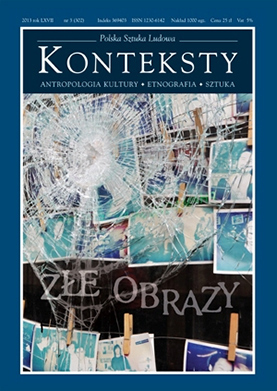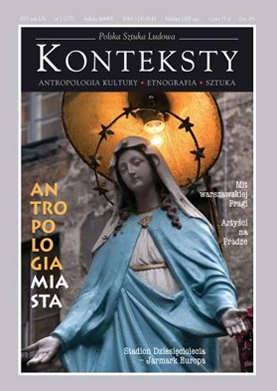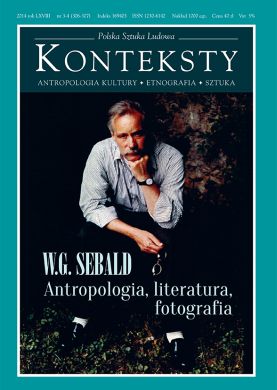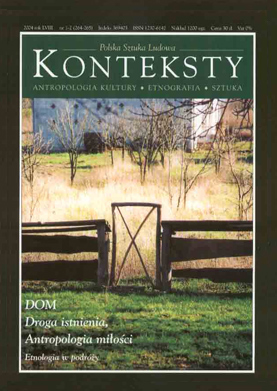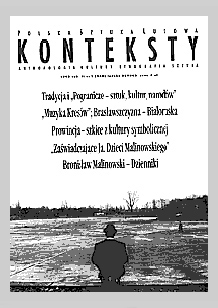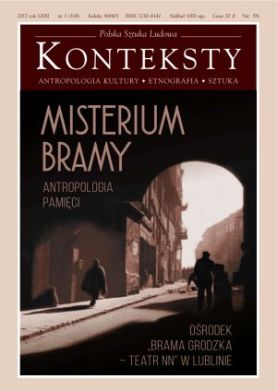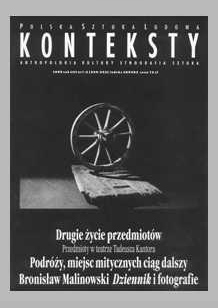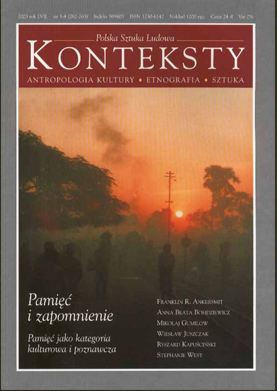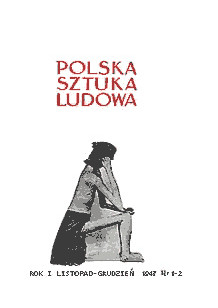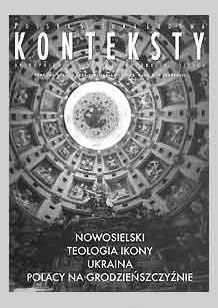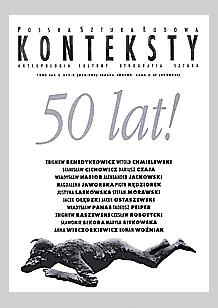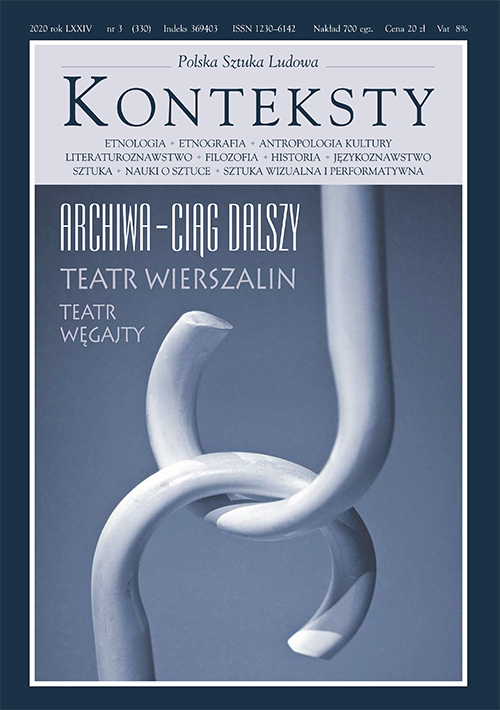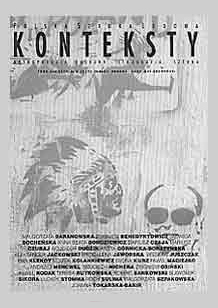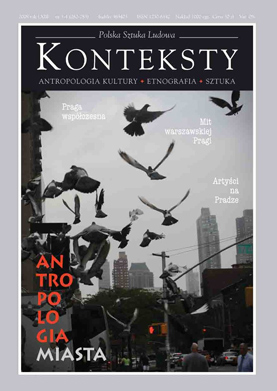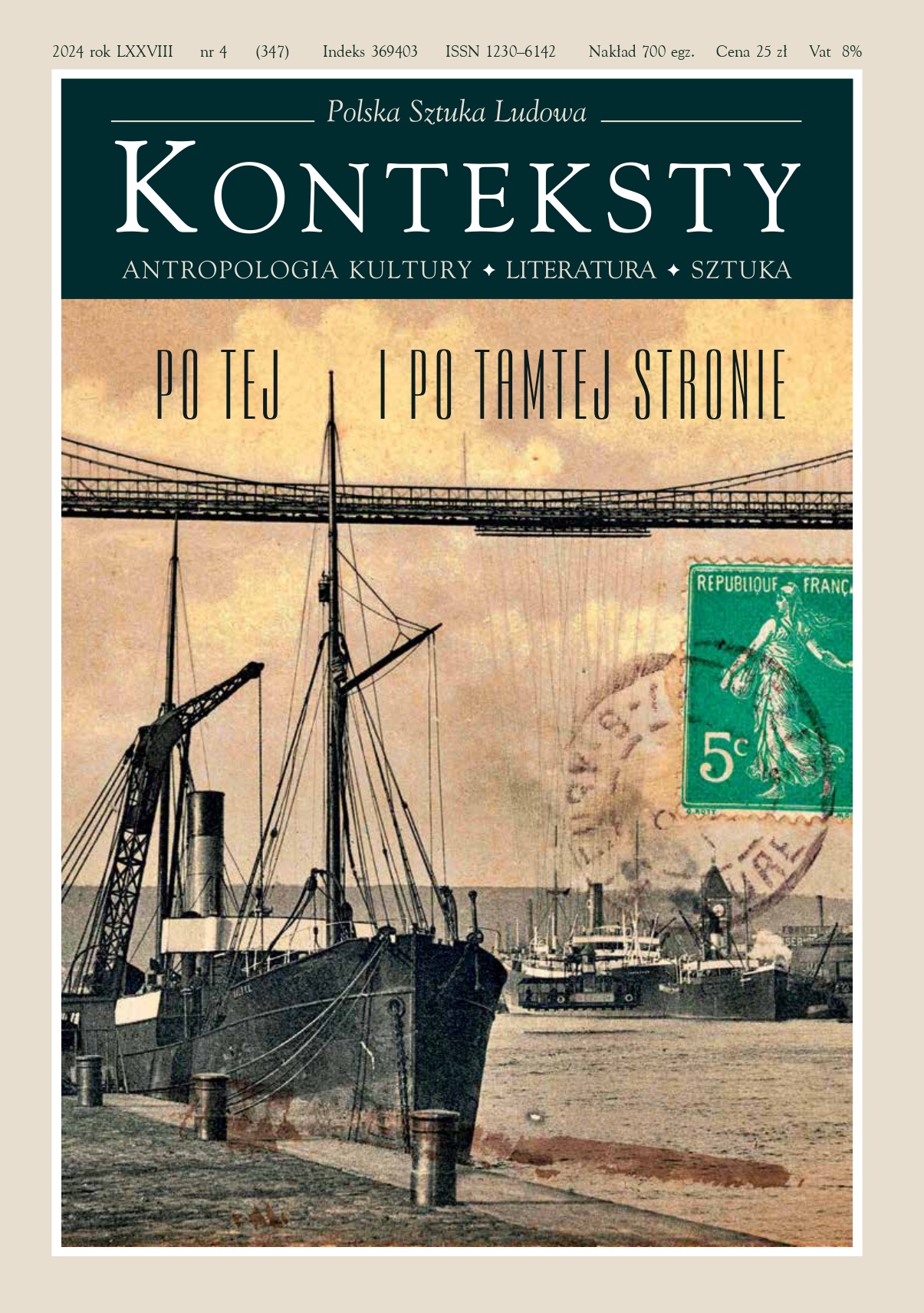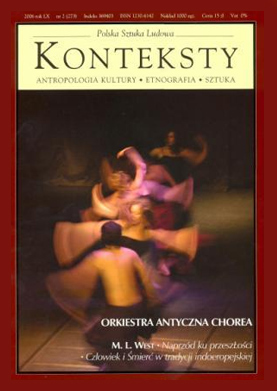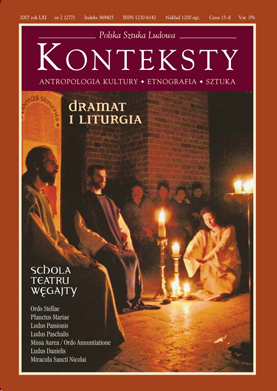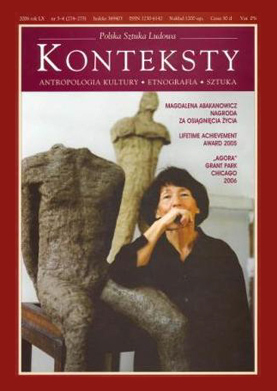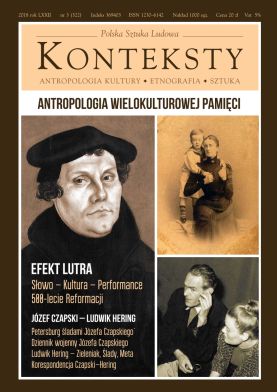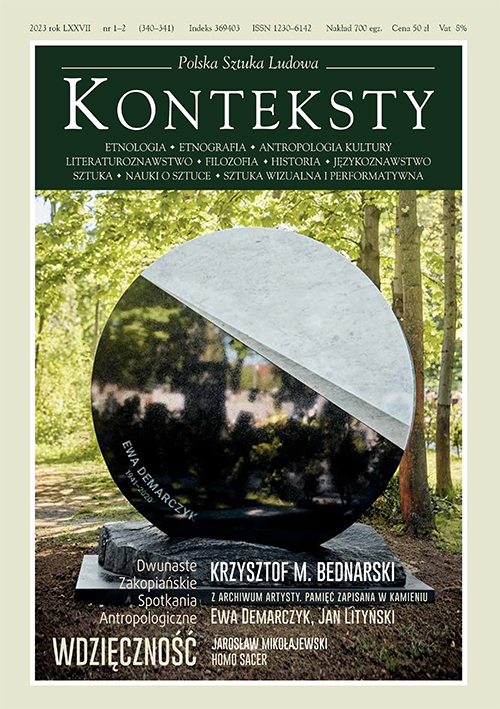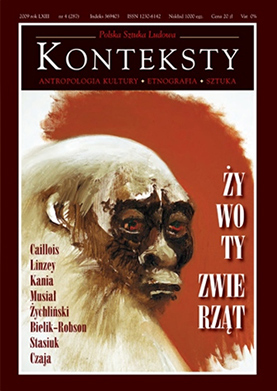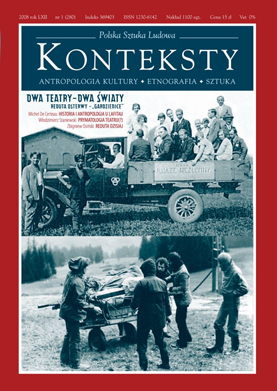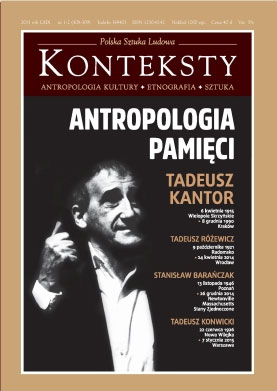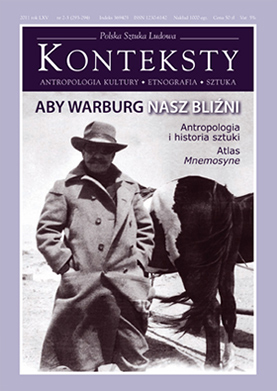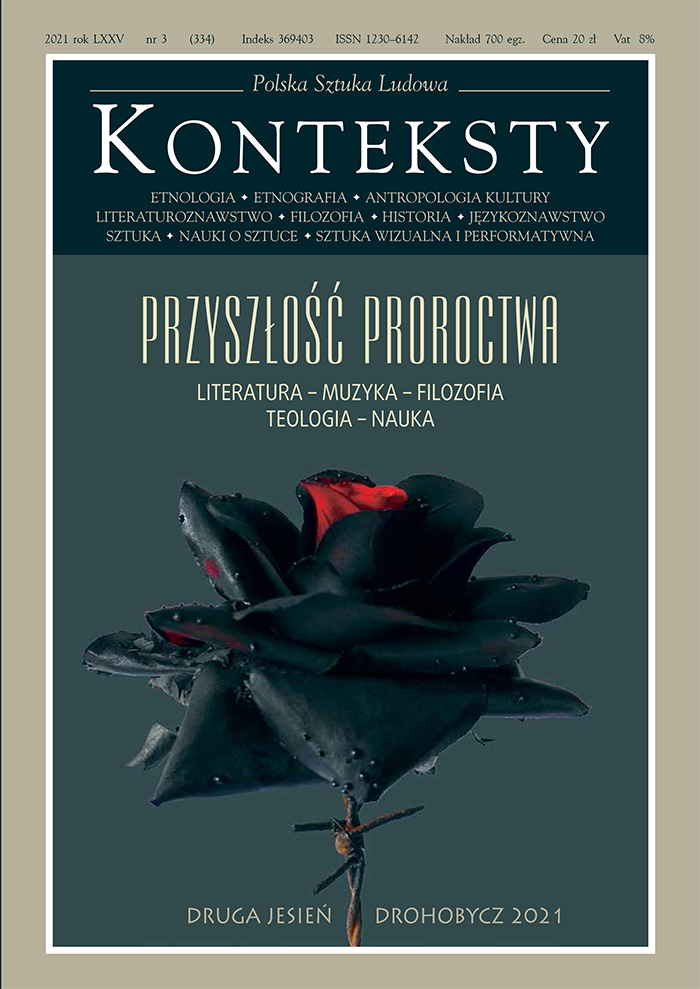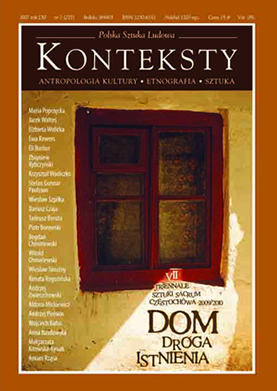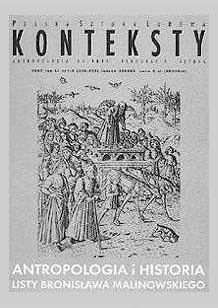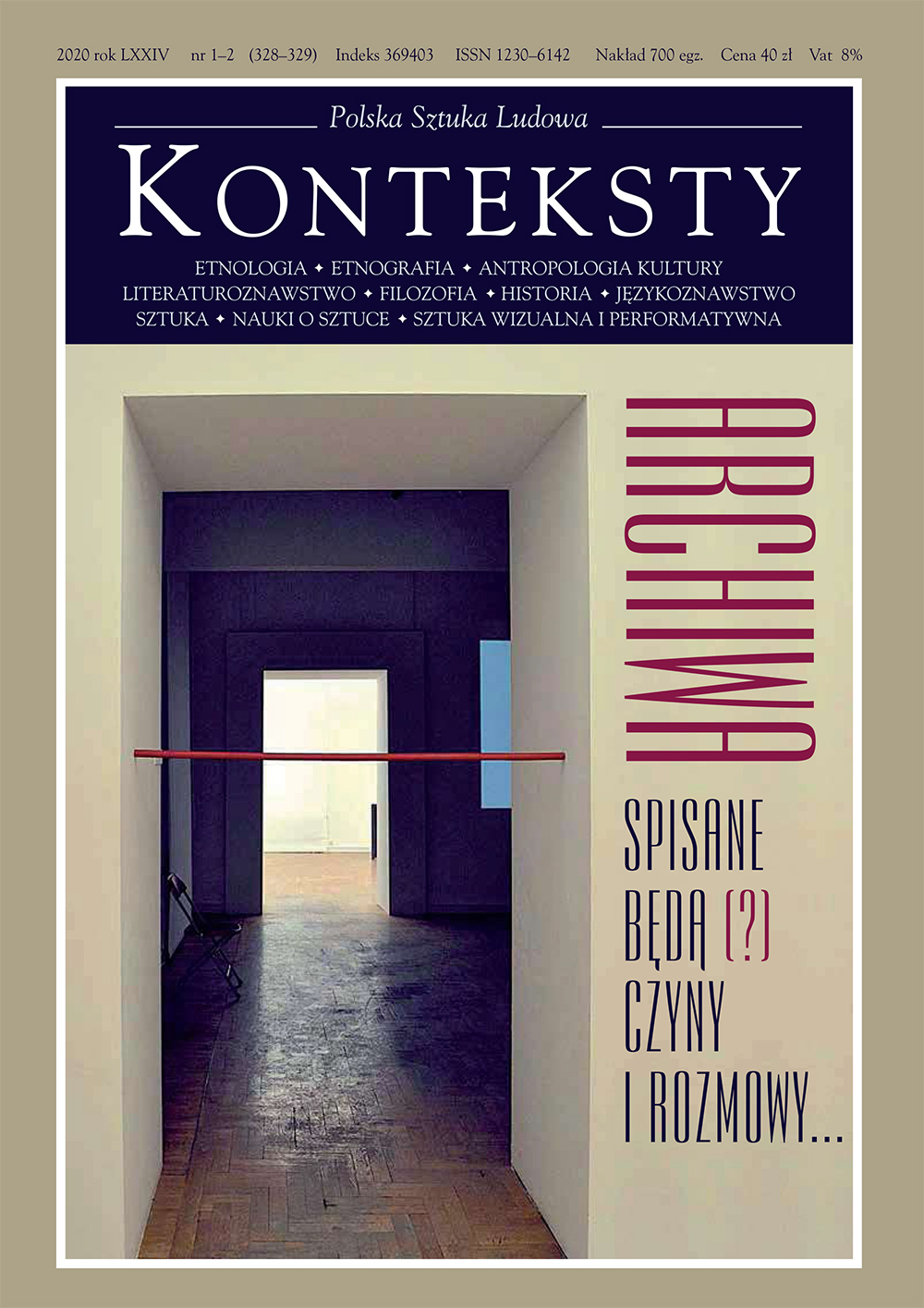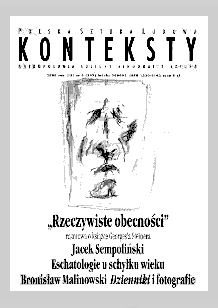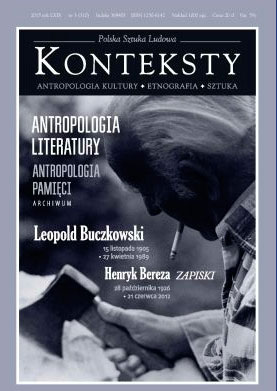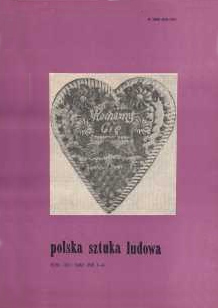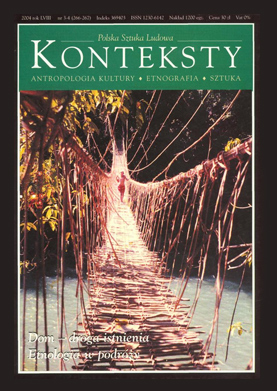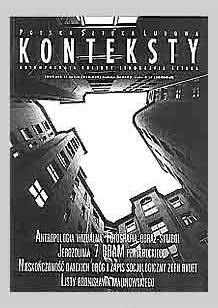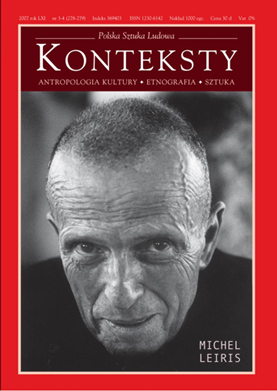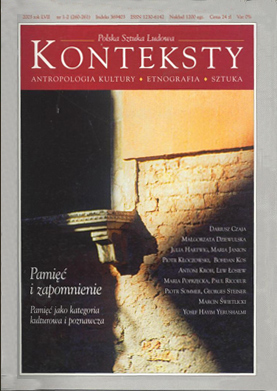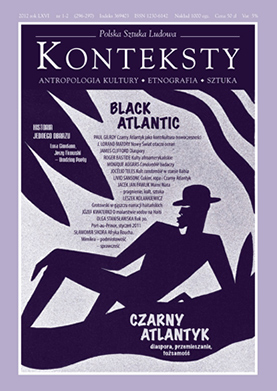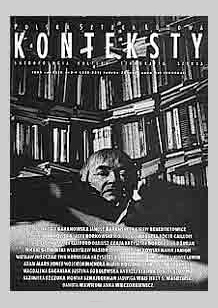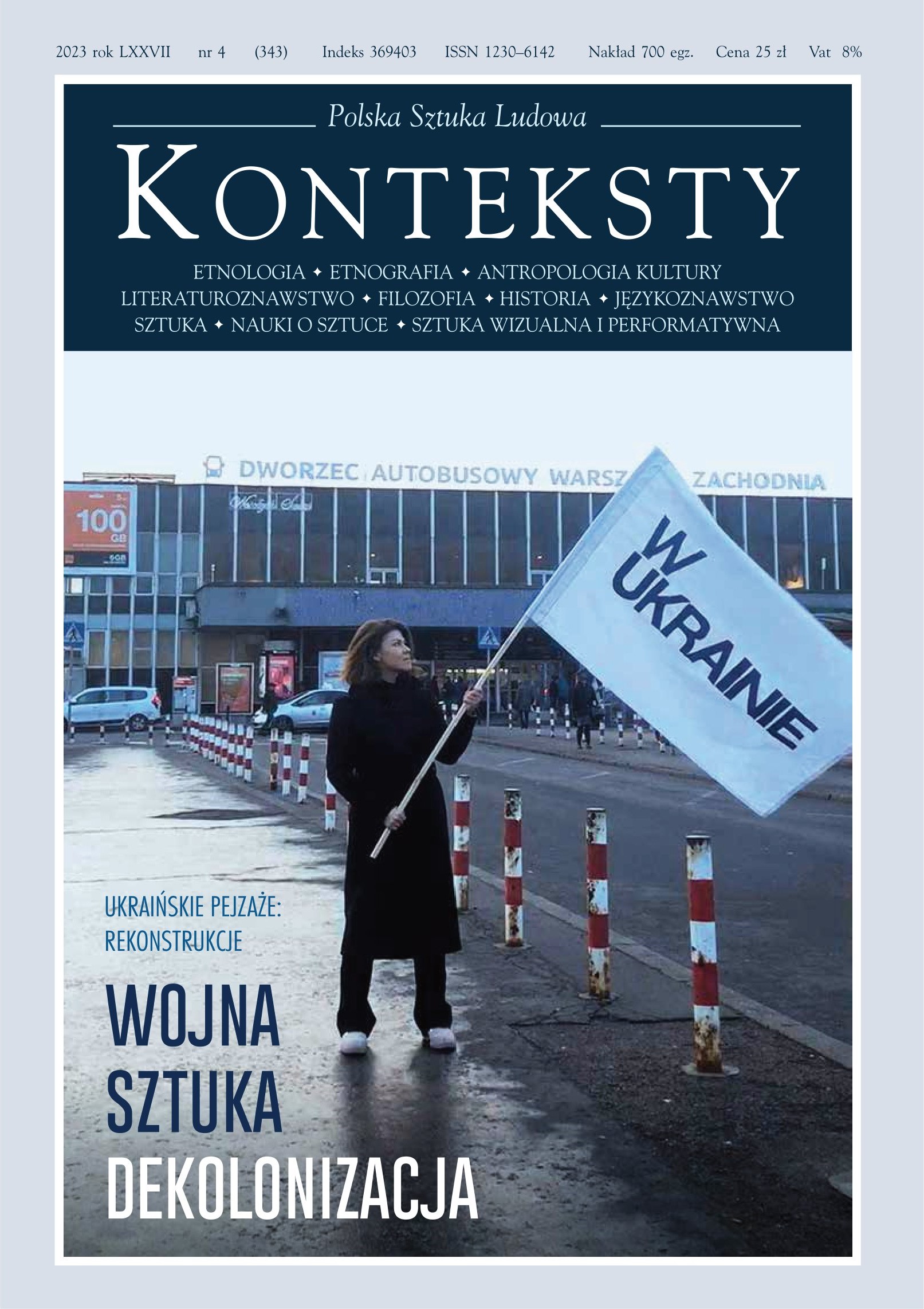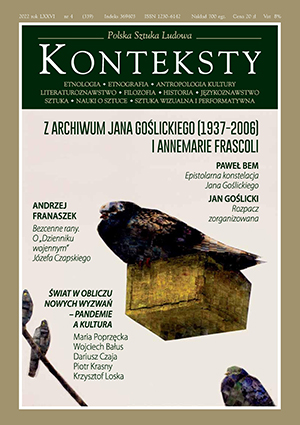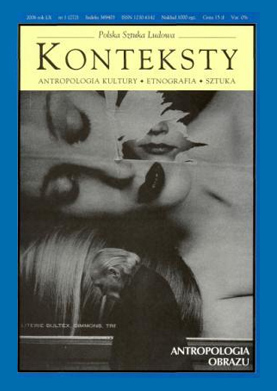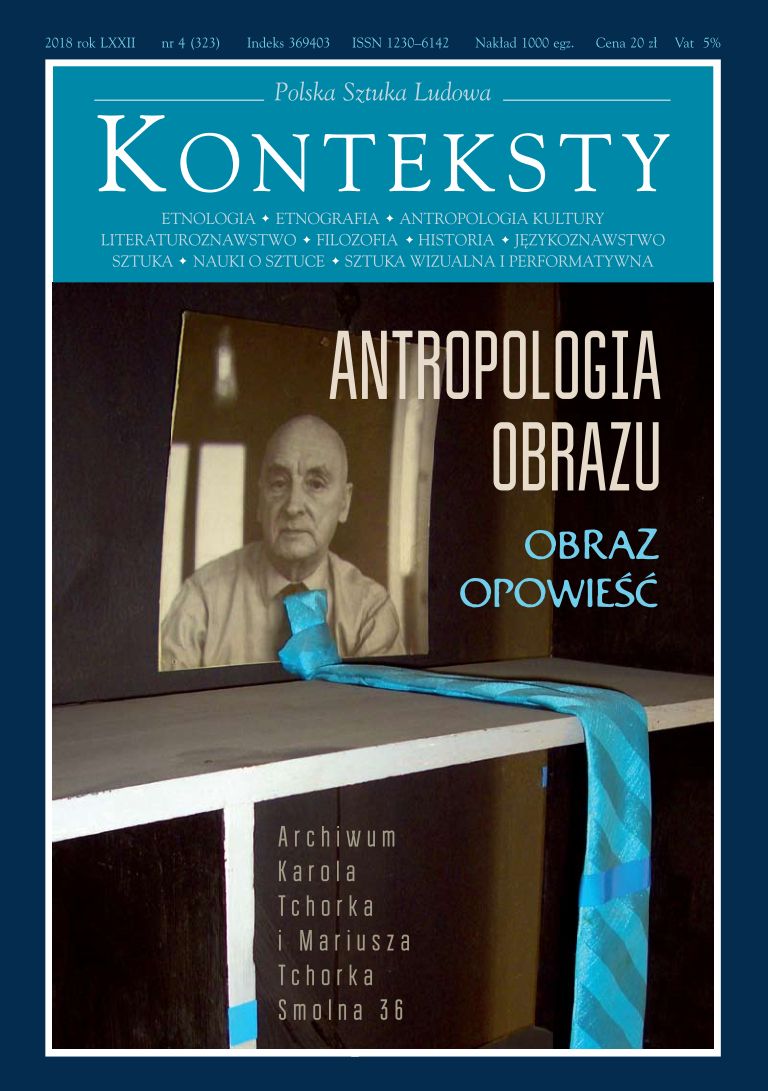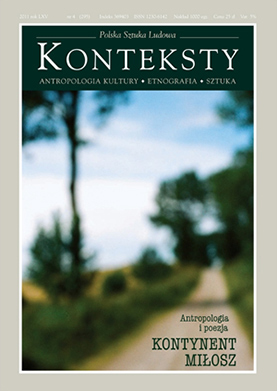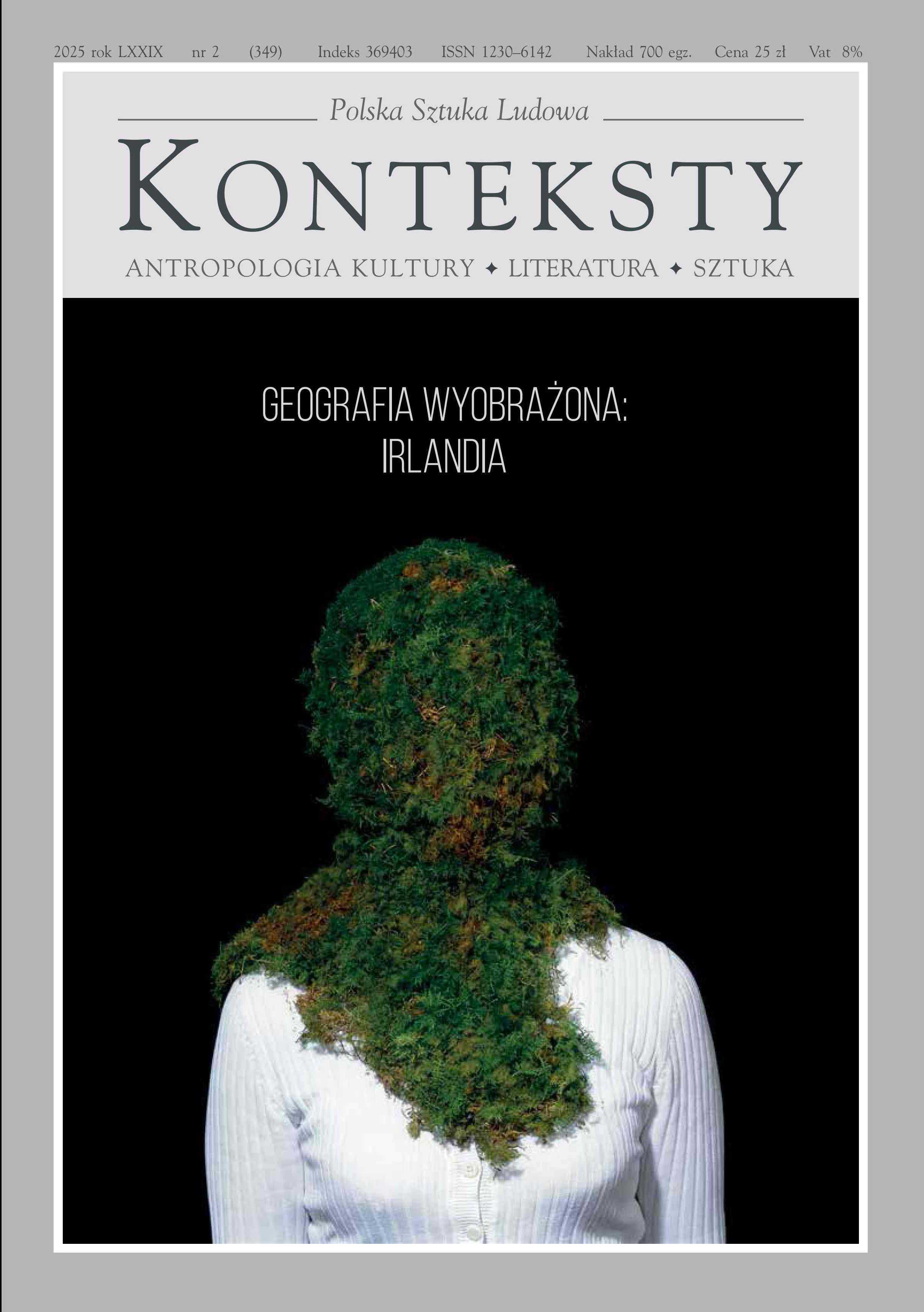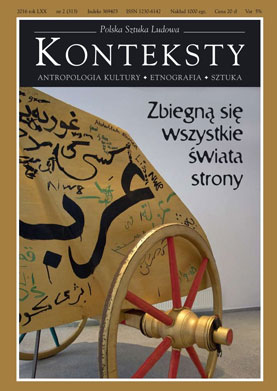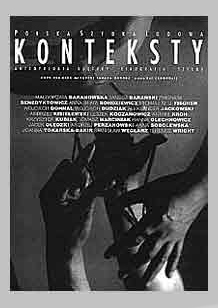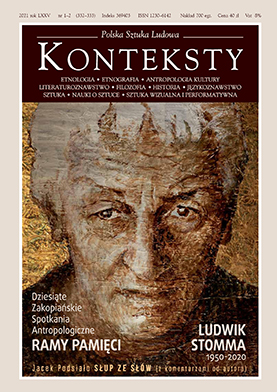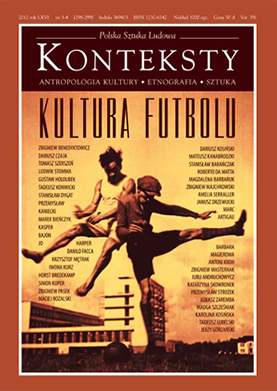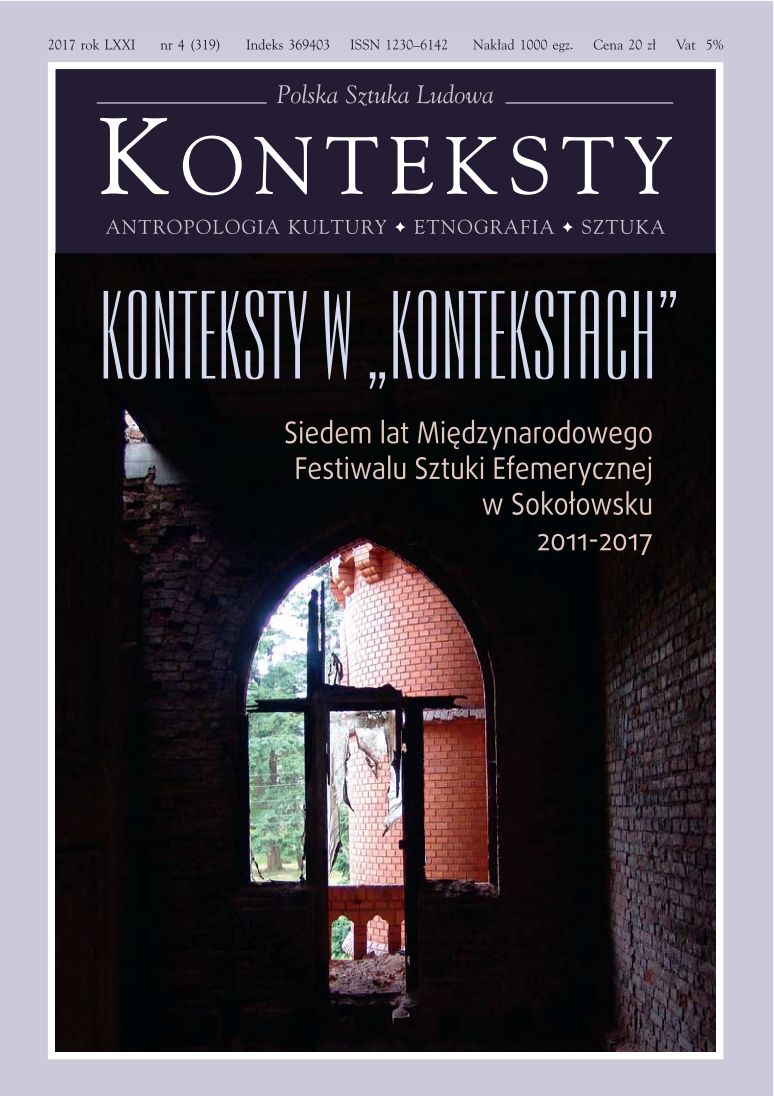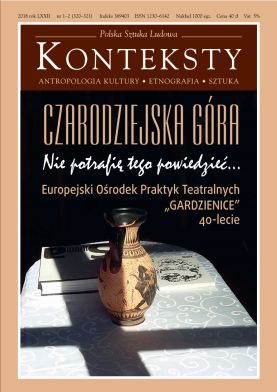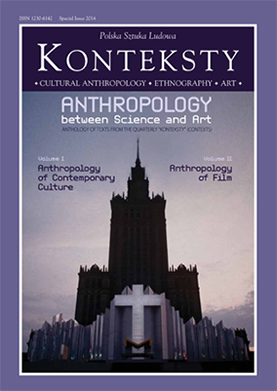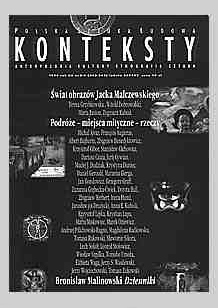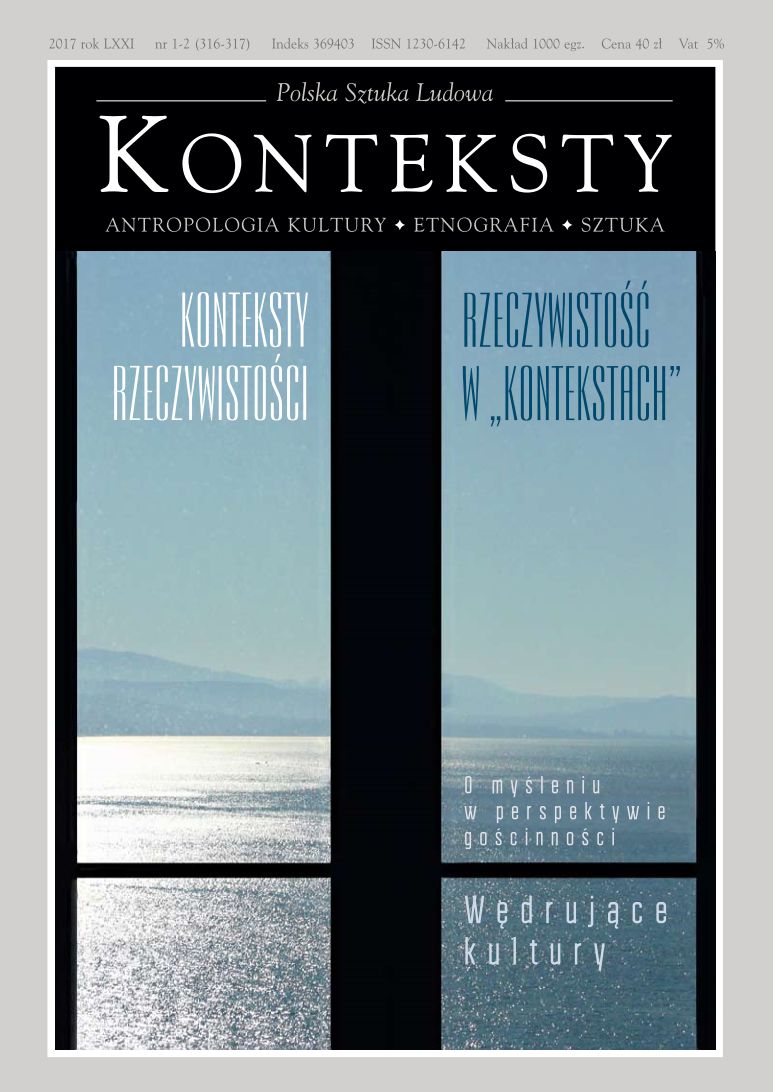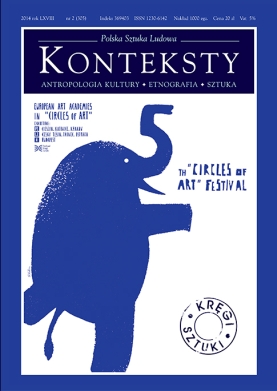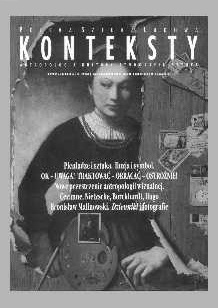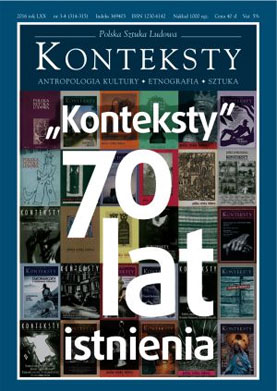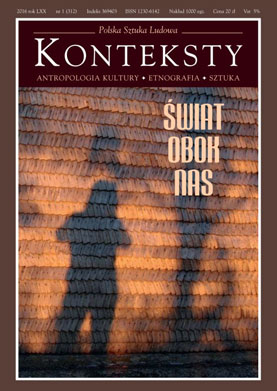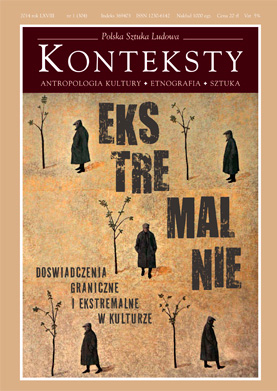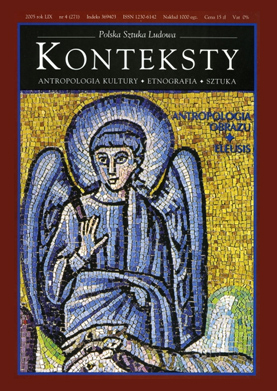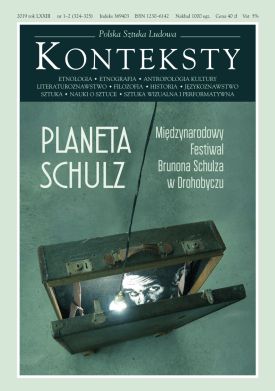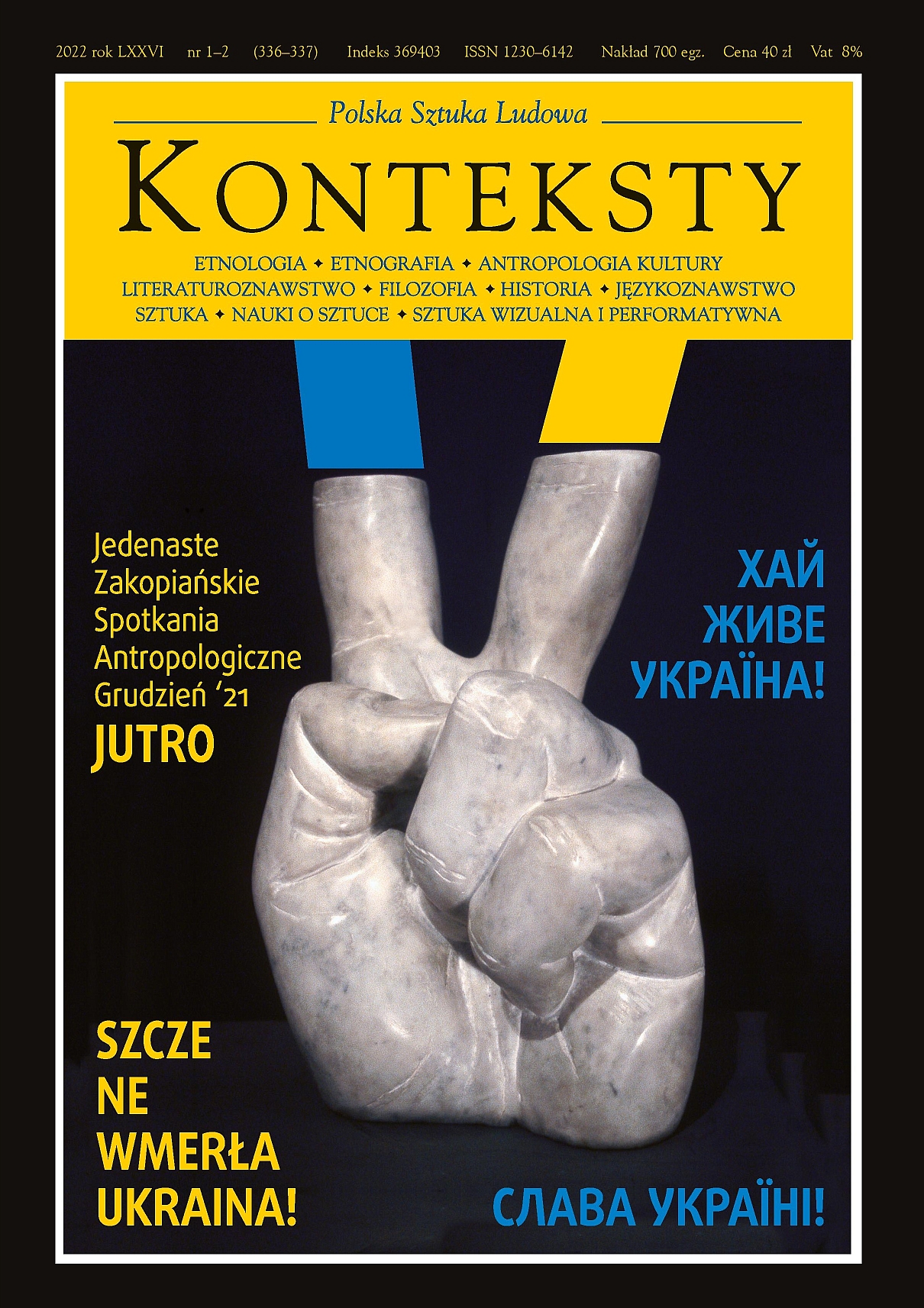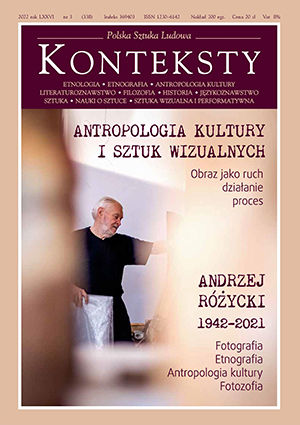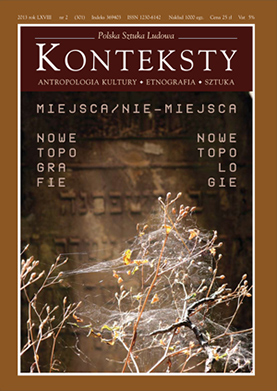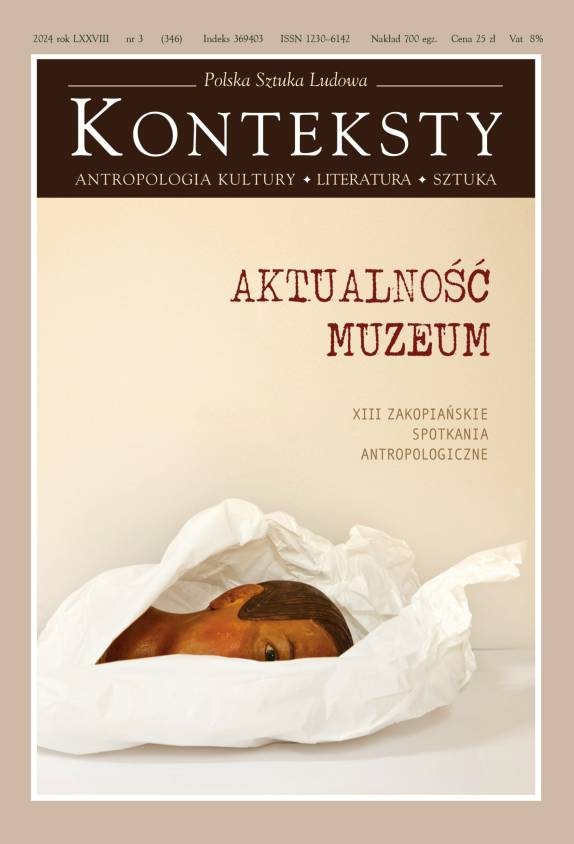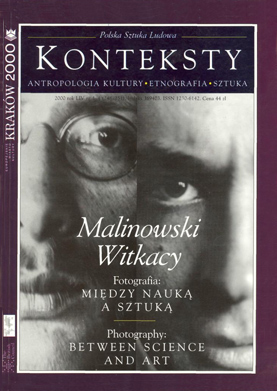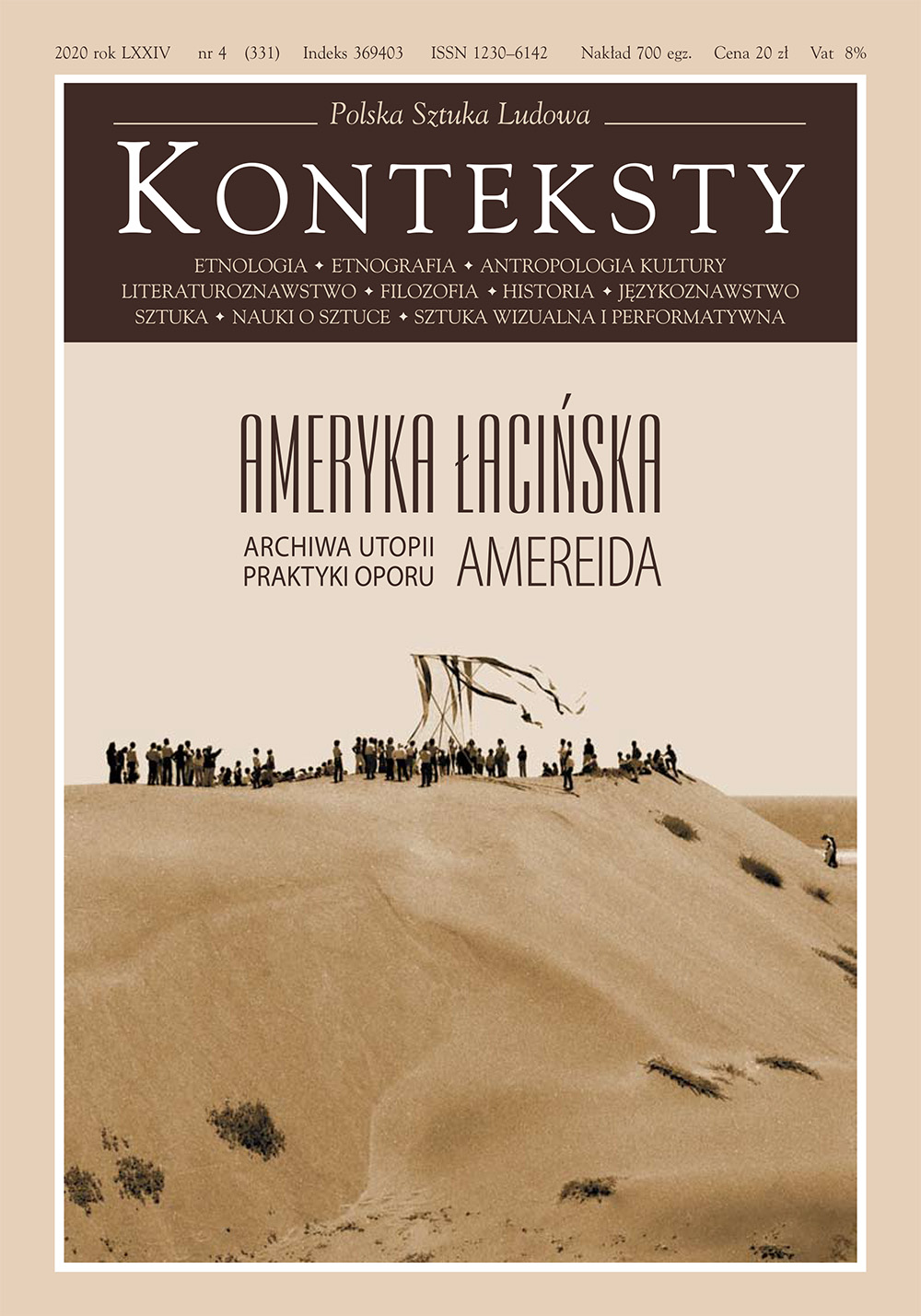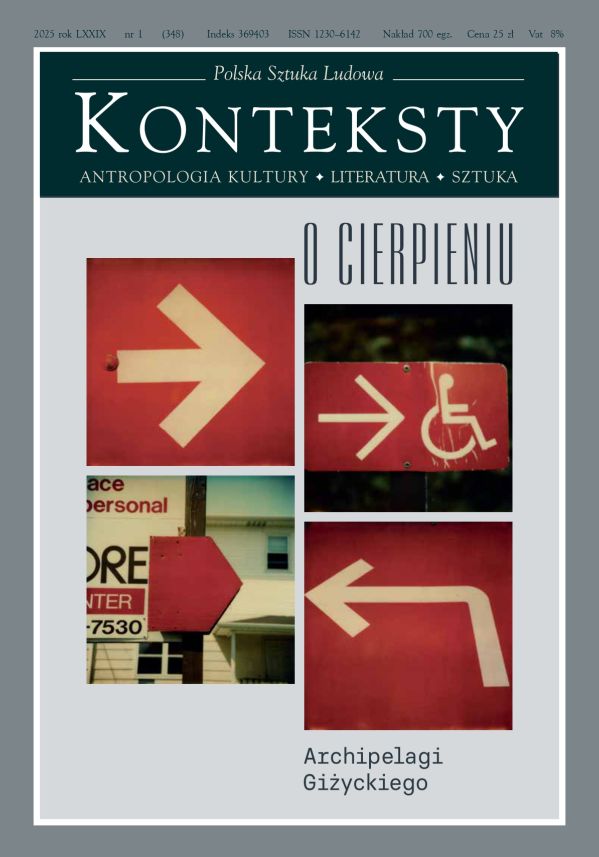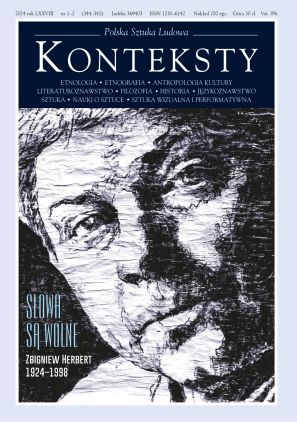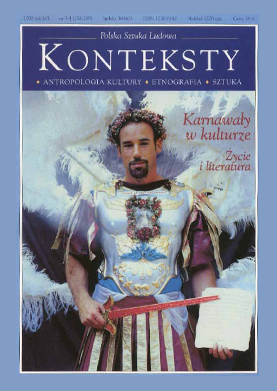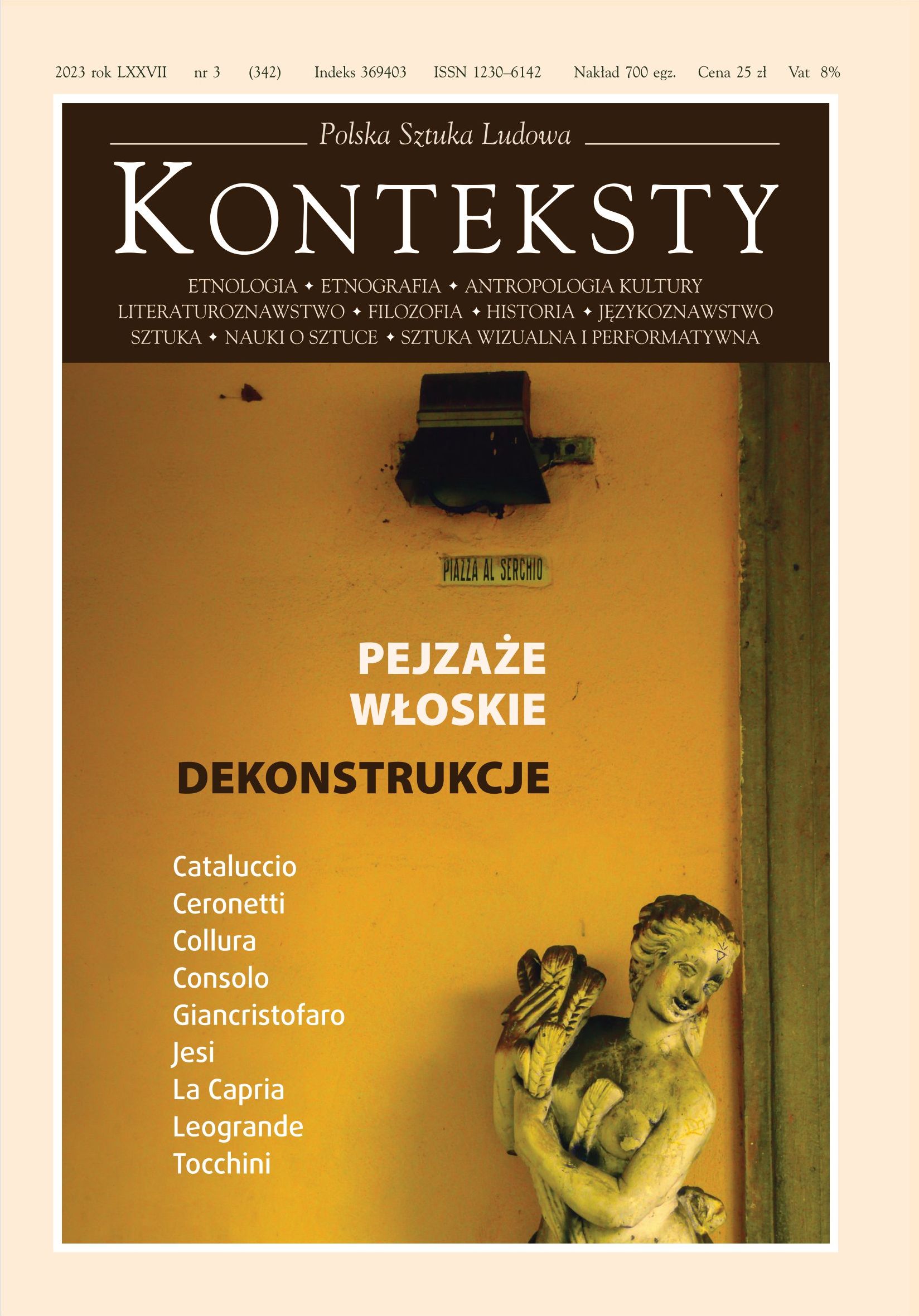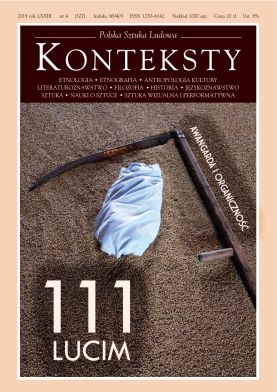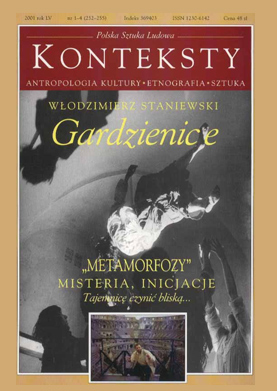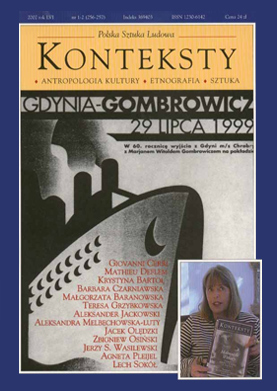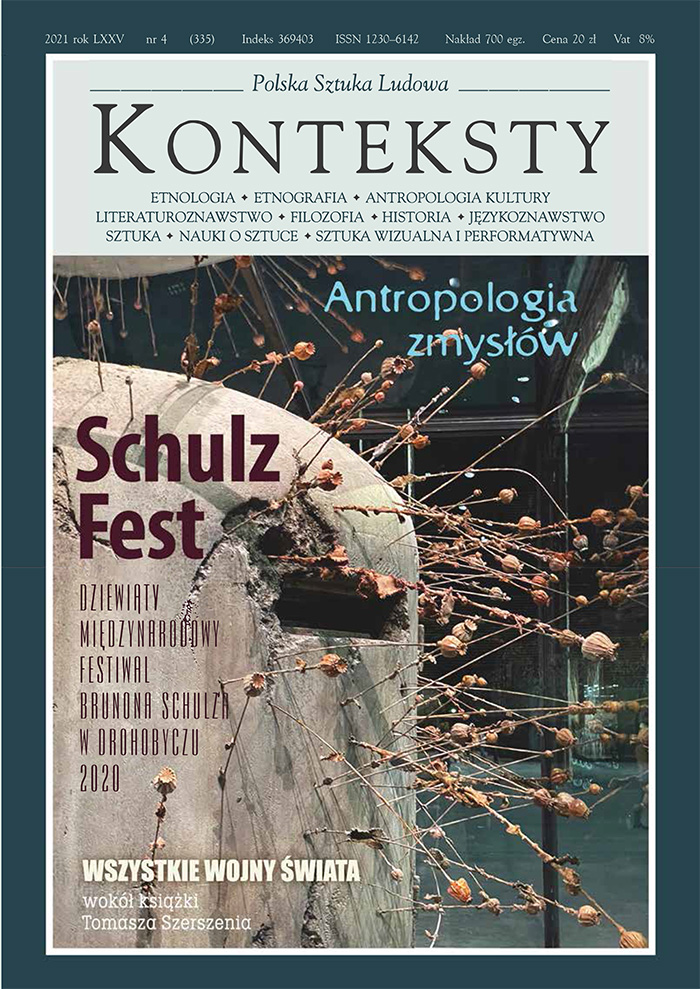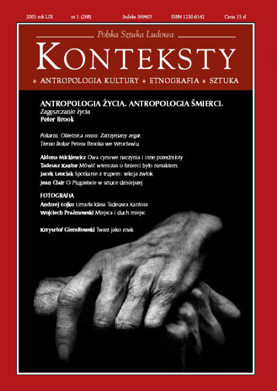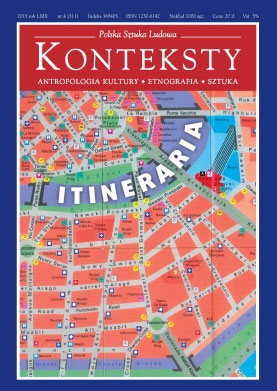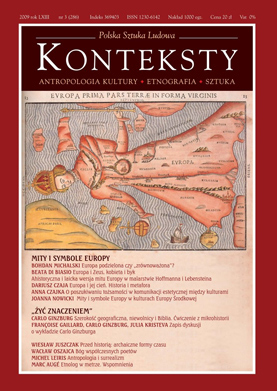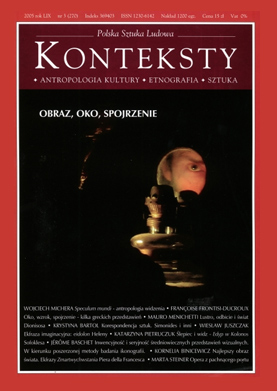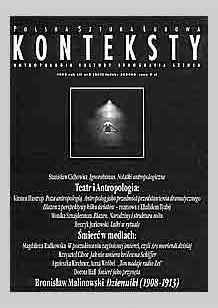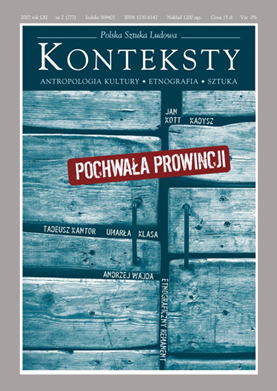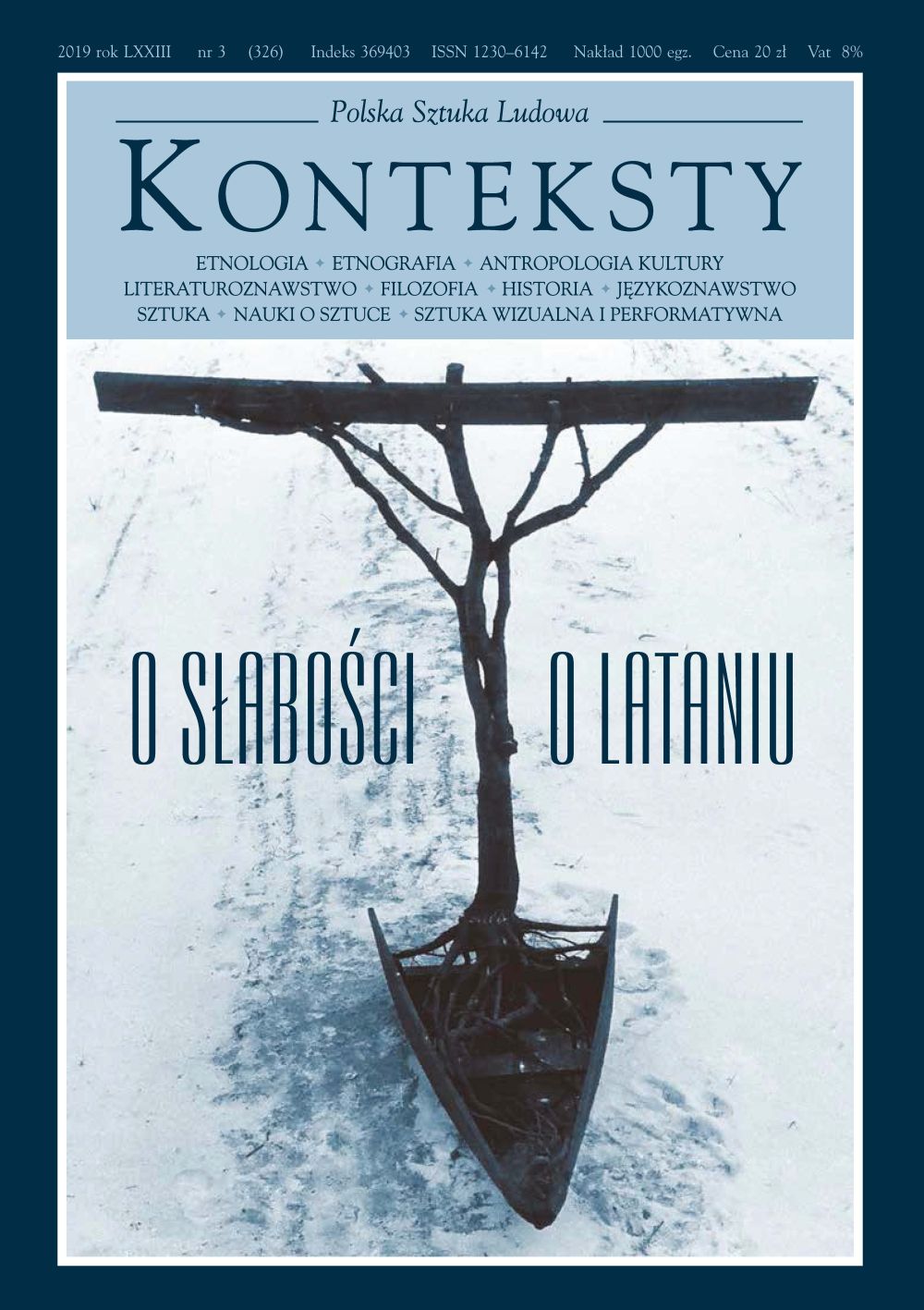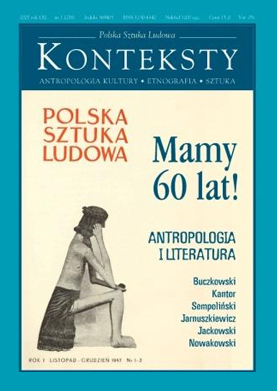Issue 2005/2 (269) -
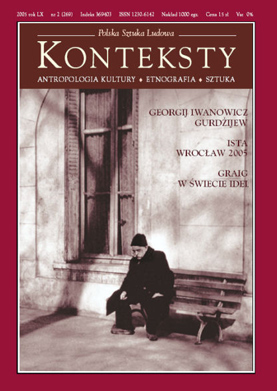
| Zbigniew Benedyktowicz | 3 | |
| Georgij Iwanowicz Gurdżijew | ||
| Peter Brook | 7 | |
| *** | ||
| Grzegorz Ziółkowski | 8 | |
| *** | ||
| Peter Brook | 11 | |
| Peter Brook | 12 | |
| James Moore | 14 | |
| Laurence Rosenthal | 16 | |
| Tilo Ulbricht | 20 | |
| *** | ||
| Thomas De Hartmann | 22 | |
| Piotr D. Uspieński | 24 | |
| Jeanne De Salzmann | 25 | |
| Michel De Salzmann | 27 | |
| Henri Tracol | 31 | |
| James Moore | 34 | |
| *** | ||
| Henri Tracol | 48 | |
| Joanna Haggarty | 53 | |
| * | 58 | |
| *** | ||
| Michel De Salzmann | 61 | |
| Fritz Peters | 63 | |
| Czesław Czechowicz | 65 | |
| Henriette Lannes | 67 | |
| Grzegorz Ziółkowski | 68 | |
| Michel De Salzmann | 69 | |
| * | 75 | |
| Henryk Jurkowski | Craig in the World of Ideas  | 76 |
This summary of the book Świat Edwarda Gordona Craiga. Przyczynek do historii idei (The World of Edward Gordon Craig. A Contribution to the History of Ideas, in print) contains numerous statements fully documented in the publication. The author embarked upon a verification of many of the terms proposed by Craig, i. e. the theatrical artist. Contrary to commonly held views, Craig did not ascribe it to the director, but had in mind an authentic artist, regardless whether the latter fulfilled the functions of the author of the staging, the director or merely the stage designer. The aversion expressed by Craig in relation to ready texts (e. g. Shakespeare) was the outcome of the same premises – an „artist of the theatre” should mould his output from the beginning to the very end. Craig regarded the work performed by painters and graphic artists, who decided about every detail, as exemplary, since it involved selecting the material over which they subsequently dominated. This approach proved to be a source of conflicts between Craig and genuine actors, by no means complaisant. Naturally, he appreciated outstanding actors, capable of transforming their personality and body. Nonetheless, he envisaged the possibility of creating a theatre which would apply assorted means of expression. In 1905 he planned to open the International Uber-marionette Theatre, with a seat in Dresden. The withdrawal of promoters compelled Craig to focus on his conceptions by conducting a theatrical laboratory and school in Florence. This was the period of the origin of his first (unpublished) texts reflecting his interest in the theatre of the ritual and the mystery play theatre. It was also at that time that Craig presented his famous essay The Actor and the Uber-marionette, issued in the debuting periodical „The Mask”. This was not merely an attack launched against the egoism and mediocrity of the art of acting, but a manifesto in favour of the theatre of the ritual, inspired by publications about the primeval religious rites of India. It was also a demonstration in favour of the plastic arts theatre, which placed the dynamic plastic metaphor in the forefront. Craig transferred elements of this approach to his scenarios intended for the puppet theatre. His reflections on the theatre (with a predominance of objective elements over subjective ones) remained influenced by Nietzsche, from whom he also probably fostered the term „uber-marionette”. This was not the only inspiration! He also borrowed animosity towards realism and the social service of the theatre, which is not to say that he did not support social solidarism and even state institution benefits for the sake of... the theatre. Neglected by the British theatrical milieu (throughout his whole life Craig dreamed of being appointed director of an English theatre) he valued all signs of recognition by fascist Italy, Soviet Russia and even the victorious Third Reich in occupied Paris. E. G. Craig was a complicated man, frequently inconsistent and naive; at the same time, he remained a creator gifted with extraordinary imagination, whose impact upon the twentieth-century European theatre appears to be still insufficiently studied. | ||
| Henryk Jurkowski | The Art of Acting as an Expression of Philosophical Dualism  | 84 |
In order to resolve an inquiry into the character of theatrical mimesis the author examined all the „mimetic” impulses which constitute either a certain context or the sources of theatrical performance. The text starts with a reflection on the conception proposed by Huizinga, i. e. to treat playing in general as a source of human culture (homo ludens). This introduction is the reason for an analysis of children’s games, whose point of departure is the activity of an infant who, deprived of the mother’s breast, tries to dominate the objects which replace it. In this manner there opens up a domain of psychological analyses which lead to the notion of art according to Freud, Jung and, predominantly, Nietzsche. All these authors perceived art as a phenomenon of the objectivising „I” which, in the opinion of Jung, produces myths and thus parallel worlds in a confirmation of man’s inclination towards mimesis, mentioned already by Aristotle. The existence of the phenomenon of mimesis is also attested by contemporary anthropological research which, following the example of James Frazer, acknowledges that mimesis possesses magical and pragmatic functions. Michael Taussig drew attention to mimesis conceived as a manner of existing with the Others, which implies the multi-functional nature of emulation. Otherness possesses also a specific internal dimension, disclosed in the use of persons deformed mentally or physically as representatives of supernatural forces. Such an attitude yielded the inveterate tradition of the mythical jester, whose functions were subjected to assorted transformations, and provided an example of the presence of mimesis upon the borderline of reality and daily life. A distinct issue involves the application of the mask as a likeness of the Other, to be tamed and taught how to establish contact. In classical tragedy the image of the Other persisted up to the time of pertinent critical reflection, as in the case of every depleted myth. In the theatre, the mask lost its sacral functions, making way for the human actor, a fact which evoked a new situation. As a rule, psychologists associate the act of creativity with echoing the divine act of creation. The actor is deprived of such opportunities, since he is not a substance that could exist beyond him. (The only exception is the puppeteer who employs artificial substance). The ensuing complicated situation demands that the actor define the degree of his involvement in creating the depicted world. One could say, therefore, that the actor (or the performer as such) enjoys an extensive scale of possibilities defined by a chance for a dualistic or monistic conception of the world. The former vision originates from Plato, and claims that all that which we produce is a reflection of the world of ideas. The actor’s role and his impression of a character in a play correspond to this approach. The monistic vision based on Fichte’s idealism, which assumes that the source of all phenomena lies in the uniform spiritual „I”, makes it possible for the actor to regard himself to be the gateway and path towards becoming acquainted with the world. The dualistic vision in the actor’s performance is confirmed by the metaphors devised by Diderot, Antoine, Mikhail Chekhov and, naturally, Brecht. The monistic vision springs from the deliberations of Artaud, the „Living Theatre” and Grotowski. The whole issue, however, becomes even more complicated in a situation when the initiator of the conception of the actor’s performance is the director, and especially when he treats the thespian as material for his own visions (Kantor). In those cases, the dualistic visions harboured by the director (I, the creator – they, the actors, my material creation) does not have to concur with the stance of the performers who find their own justification for the situation in which they found themselves. These are the complications in the existence of mimesis which one simply cannot foresee. | ||
| *** | ||
| Maciej Rożalski | 100 | |
| Eugenio Barba | 103 | |
| Julia Varley | 104 | |
| Nando Taviani | 109 | |
| Odin Teatret | 112 | |
| Paweł Soszyński | 120 | |
| * | 125 | |
| Paweł Soszyński | 126 | |
| Eugenio Barba | 128 | |
| Eugenio Barba | 133 | |




